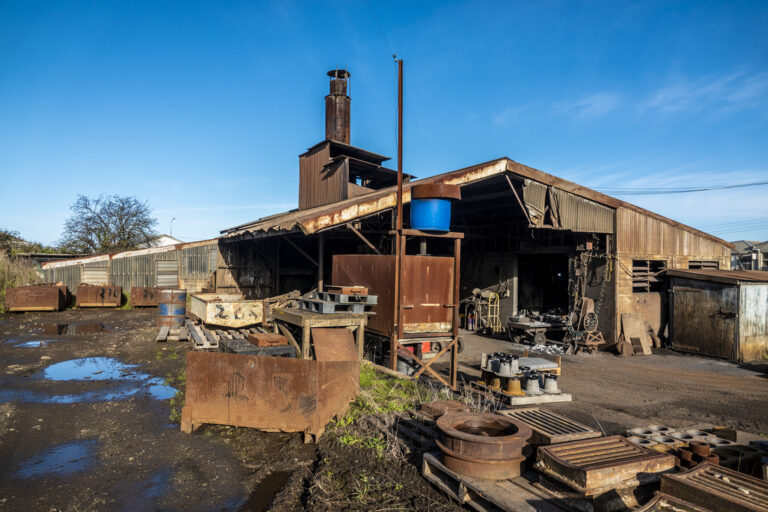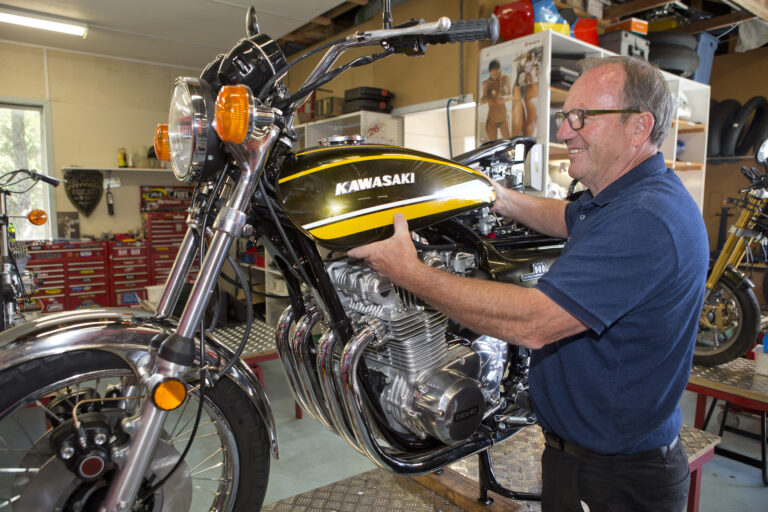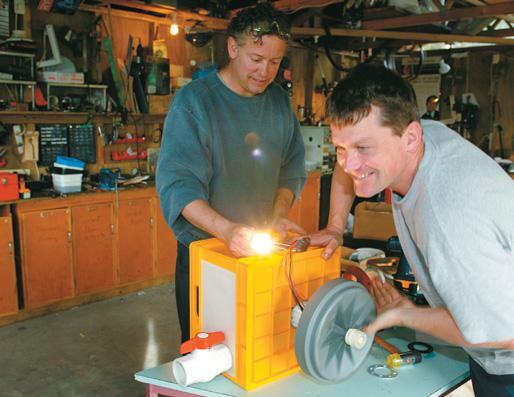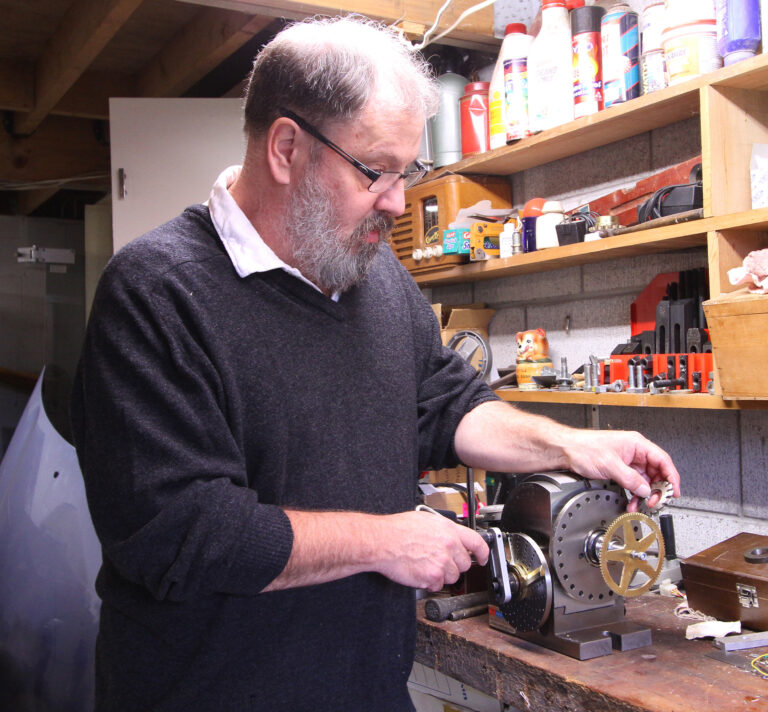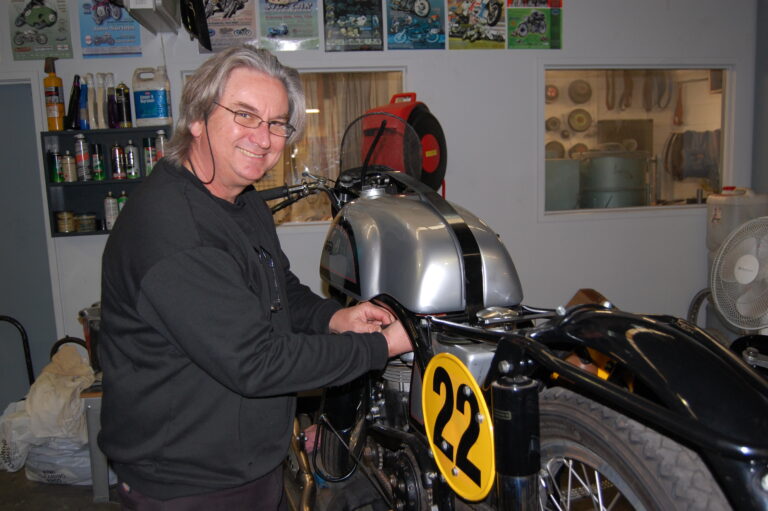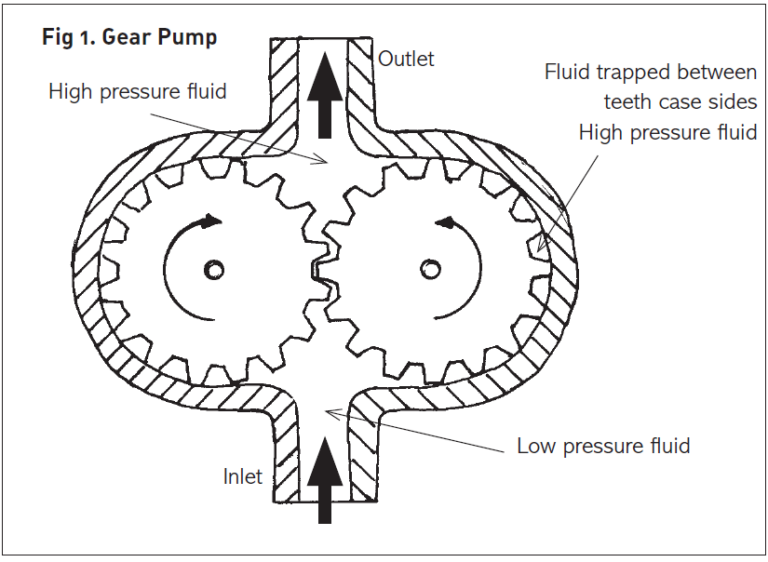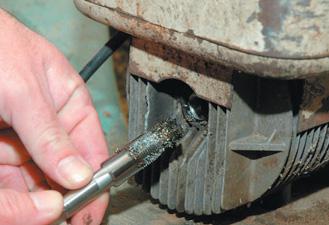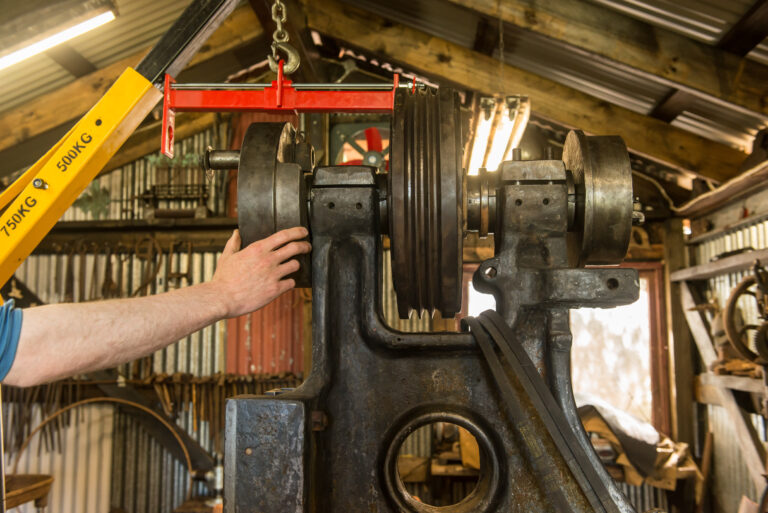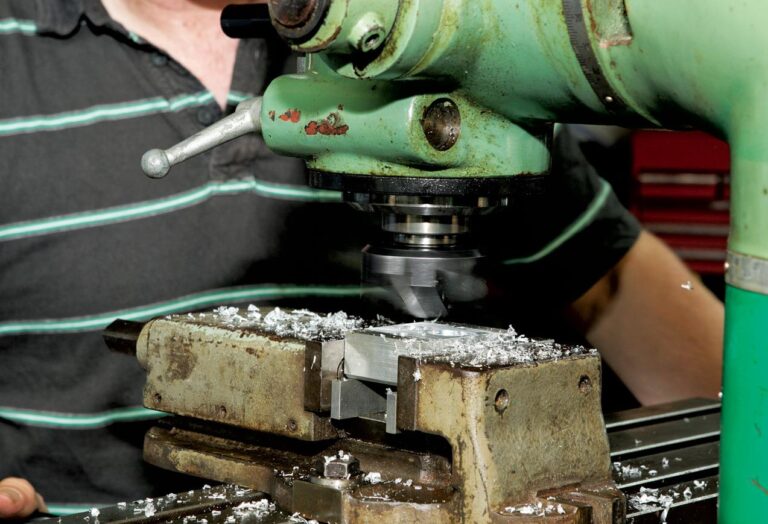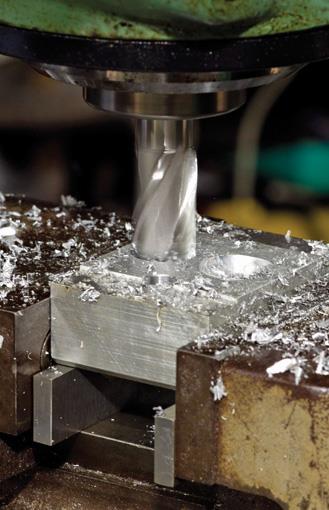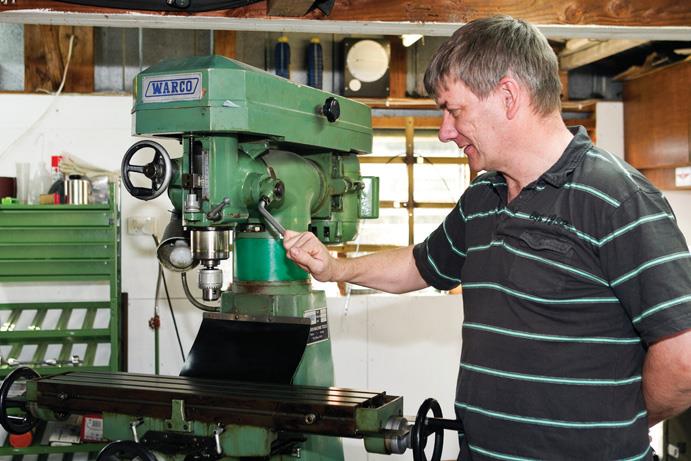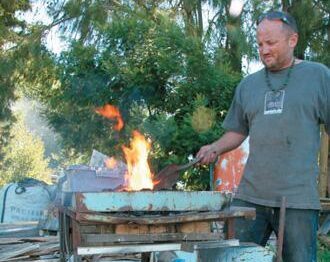
Make your own backyard forge
This is one of the very basic forges for heating metal bars. There are many other types of forge out there and Youtube can show you how to build and use them. My forge was made of scrap steel from my workshop and the local recycling centre.
The forge essentially consists of a fireplace or “bowl” in firebricks which are held firmly together in a brace or strap. They sit on top of a steel plate. Another steel plate sits on top of the bricks, with a large square in it to allow access to the firebowl.
A small, round, high-grade steel grate with several holes in it sits at the bottom of the brick bowl. Below this fireplace, a vertical pipe-fitting is welded into the supporting steel plate. The bottom of the pipe is an ash trap, and the ash can be dropped out by opening a small trapdoor.


